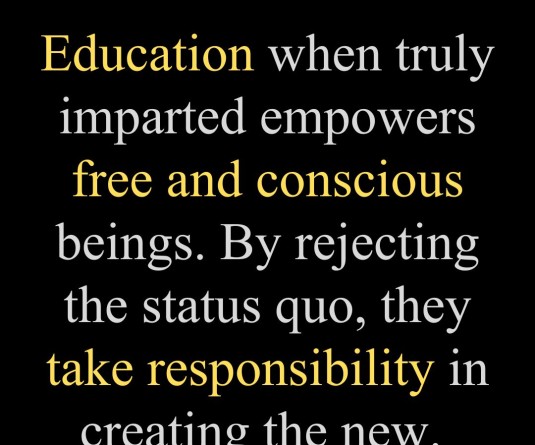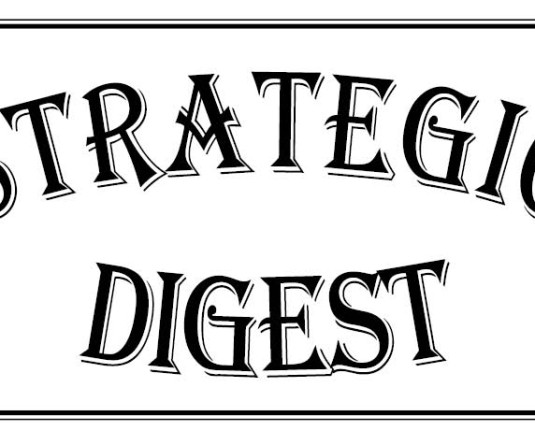
Carving the Present and the Future
Abraham Lotha
Some time in November 2005, I wrote an article on Naga woodcarving for the Morung Express in which I said:
Whereas textile designs and music (very narrowly) survived the onslaught of Christianity and modernization, Naga woodcarving has been relegated to museum exhibits, antiques markets and private collections. … The government commissioned woodcarvings like those found in the Nagaland Handloom and Handicrafts stores lack variety and quality. But more important, they lack the authenticity and the cultural meanings that were reflected and reinforced in the traditional woodcarvings. The present woodcarvings lack symbolisms and the basic values of the cultures that gave rise to them. Stripped of the spiritual and cultural elements they look empty.
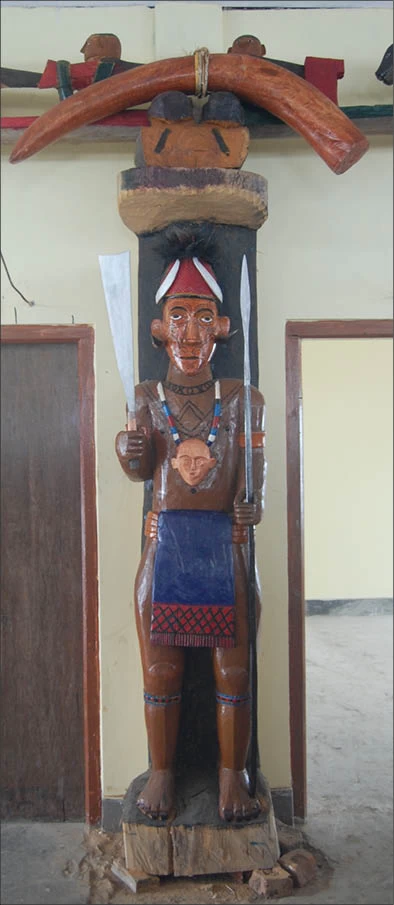
The artistic creativity and woodcarving skill of the Nagas is not lost but the traditional socio-cultural institutions and practices that gave the impetus and motivated woodcarving are no more. To revive the traditional woodcarving shorn of their rituals and symbolisms would be an empty gesture. The Nagas today live in a different socio-cultural context. What alternative indigenous artistic expressions can the Nagas produce that symbolize and is reflective and reinforcing of today’s socio-cultural context?
I did not want to give funeral rites to Naga woodcarving. Could such a rich heritage be revived in some way that would express the dynamism of Naga culture? It was to seek answer to this question that I visited some Naga villages to document the practice of woodcarving in Naga society. My journeys have so far been limited to the villages in Nagaland only.
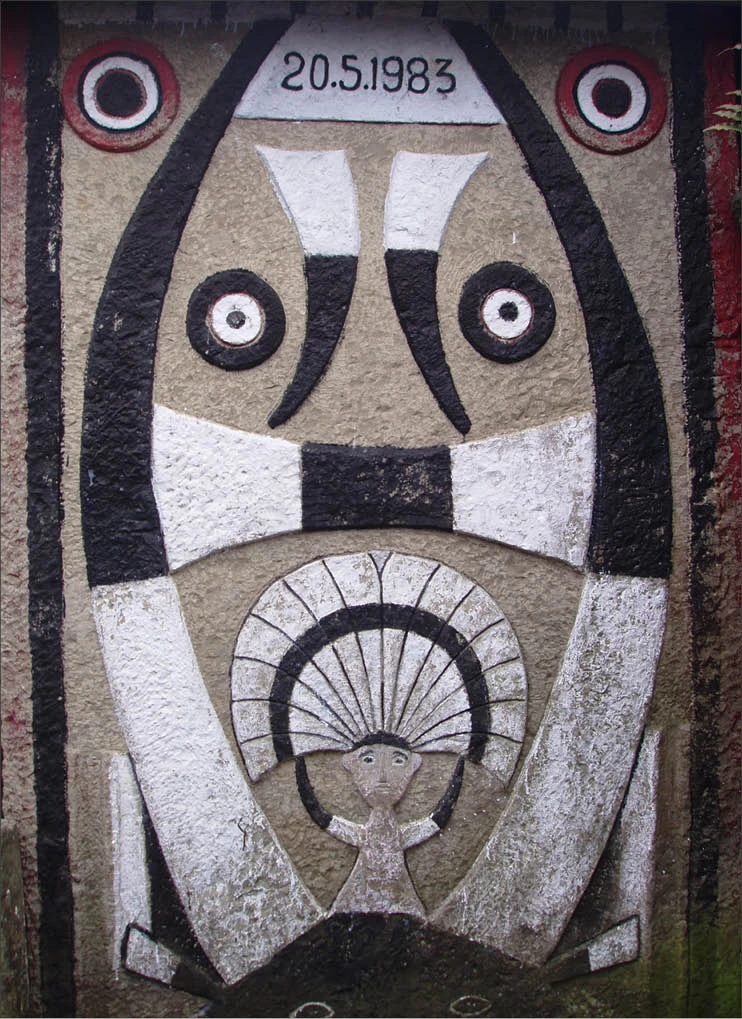
From what I have observed so far, Naga woodcarving is quietly evolving in its functionality. Here are some examples.
Traditional woodcarving still practiced: In quite many villages, in Konyak, Chakesang, and to a certain extent, Angami villages, woodcarving is still en vogue. In Meluri village, Nyute and his wife Zhethotshü still live in their house that is decorated with the woodcarving beam that represents their status and the feasts of merit they performed. What is rich in this case is that the actual buffalo and mithun heads killed for the feast of merit are still placed above the woodcarving piece. Thus, traditional cultural values are exhibited through a double medium – the actual skulls of the buffalos killed for the feasts of merit, other wild animal skulls as hunting trophies, and the woodcarving beam that represents social status of the owner.
Similarly, in many Naga villages where there are morungs, woodcarvings are displayed either on a panel or on the beams inside. In Konyak and Yimchung villages, the morungs are still alive and utilized with a mixture of traditional and contemporary ethos. Cultural symbols are also engraved on the logdrums. Even today, such carvings are done when new logdrums are brought to the morungs. E.g. the new logdrum for one of the morungs in Lungwa has a tiger engraved at both ends of the logdrum.
Not to be forgotten are the Anghs’ houses in Konyak areas where the woodcarvings are symbolic of the Anghs powers and feats. One such example is the huge woodcarving piece in the showroom of the Angh’s house in Lungwa. Next to the woodcarving is a bench that functions as the throne of the Angh. The woodcarving in this case has a royal function because it is the background for the throne.
On the other hand, in some villages like Tesophenyu, the morungs with the woodcarvings are still there but they have a discarded and uncared for feeling.
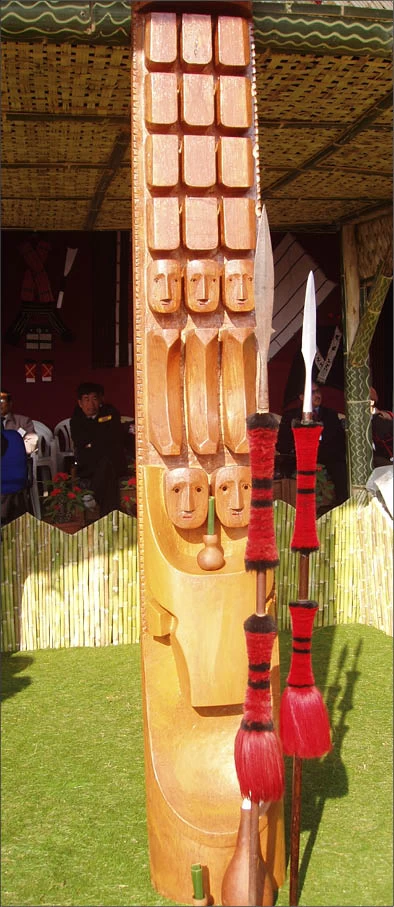
Woodcarving for tourism: The most famous Naga woodcarving piece is the one at Lungwa. This piece, interestingly, did not symbolize the status of the artist and did not have any social function. But now it has become a national heritage and it is promoted to attract tourists to Nagaland, particularly to Mon district.
Another interesting development in the evolution of Naga woodcarving is the chief’s morung (Anghpan) in Chi village in Mon. In this case, the new morung functions as a morung and also as a tourist guesthouse. The woodcarvings inside have modern touch. There is a bigger than life-size woodcarving of the Angh that is painted in color. The other symbols such as elephants, tiger and skulls are also represented in the carvings. The only feast given for this morung has been not by the Angh himself but by the village and the people belonging to that particular morung on the day of the inauguration of the morung. This is a fine case of innovation.
Between death and life: If in the past, the engravings in woodcarvings symbolized the cultural values of the Naga society, today, certain aspects of woodcarvings itself are symbolic of its remnant character and the pangs of innovations for contemporary Naga society. In Meluri village, the students’ union have constructed a new morung. While the traditional beam with carvings is put up, the main supporting pillar in front that showcases many carvings and the beauty of the morung is kept lying down. At one end, the wood is rotting away. It is perhaps symbolic of the good intention for cultural renaissance and the realities of an unappreciated past. It may be perhaps that the young Naga generations have not given the feast of merit with the sweat of the brow. Positively, about two decades ago, it would have been unthinkable to revive traditions, woodcarving, because the Baptist hegemony categorized all Naga traditional beliefs and practices as that of the devil belonging to the ‘darkness’ days. Today we are beginning to hear inner urgings of “even if we become Christians we should not forget our culture.” I hope Nagas will eventually stop using the phrase “From darkness to light” in order to celebrate the artistic heritage of Naga woodcarving.
Another interesting fact is that just as the VIP culture helped to revive and preserve the traditional songs and dances, in a somewhat small way, the VIP culture is also helping to keep alive the woodcarving heritage.
Artistic expression: A few Naga individuals have taken to woodcarving as an artistic expression. Phesao is one such example. Even though he has given a feast of merit in the village, that didn’t necessarily entitle him to have certain woodcarvings in his house symbolizing the feast or his status. He still has the wooden plates used during the feast that are now kept as ethnic art souvenirs in his house. The woodcarvings on the wall panels in his house and the pillars he is carving these days are artistic expression that necessarily do not symbolize social values but are innovations in individualizing a social art.
Conclusion: In Chizami, for instance, there is a small Sema village. The people call themselves Sema, speak Sema and claim to be inhabitants of one of the oldest Sema villages. What is peculiar about this village is that in lifestyle, they are more Khezha. Their houses are no different from their immediate neighbors, the Khezha. Many of their houses still have the traditional wood panels on which are engraved the many symbols of Naga culture such as mithun or buffalo heads and human skulls to symbolize that the owner of the house gave a feast of merit. There is nothing to say that those woodcarvings are not indigenous to this Sema community. So, if a Naga community can integrate to such an extent and make the woodcarving as part and parcel of its identity, Naga artists today can help make modern Naga art a natural part of our identity that will express the symbols and aspirations of our present socio-cultural paradigms and the dynamism of Naga culture.


